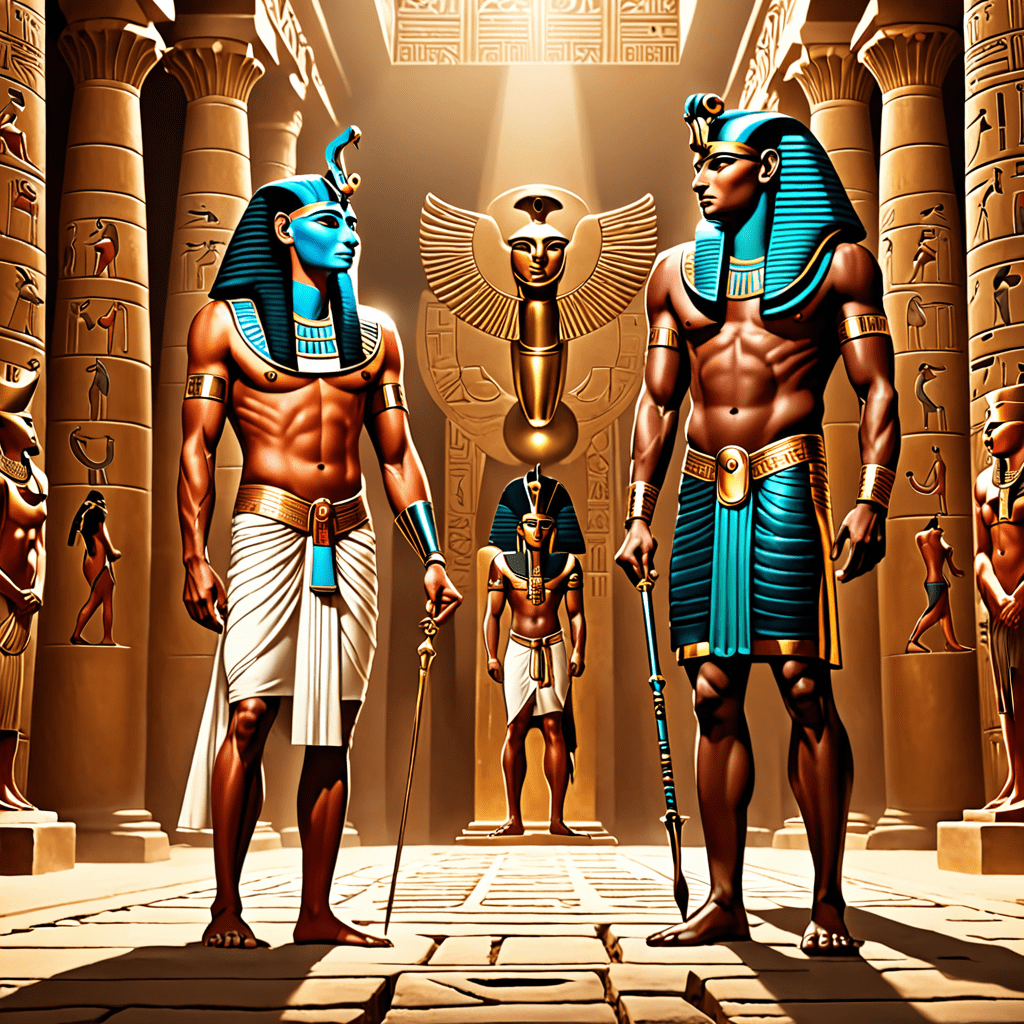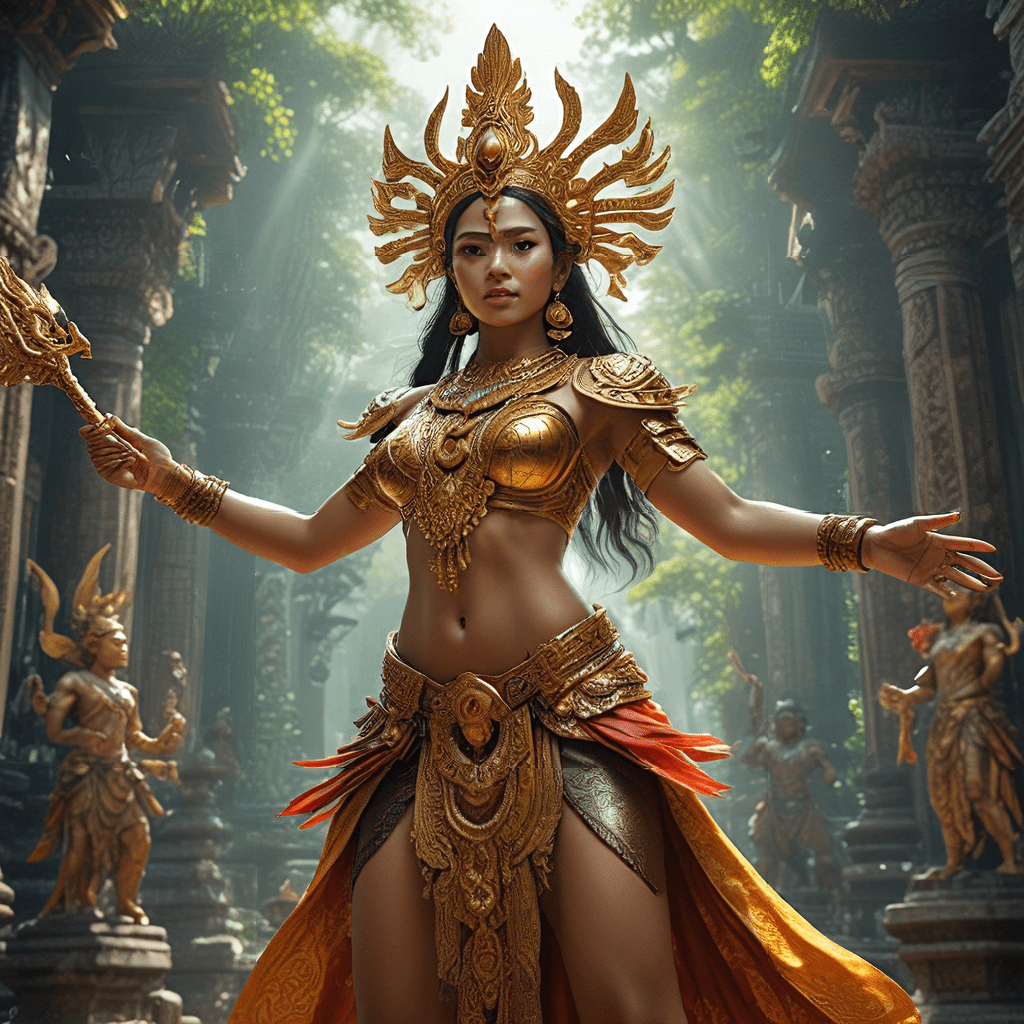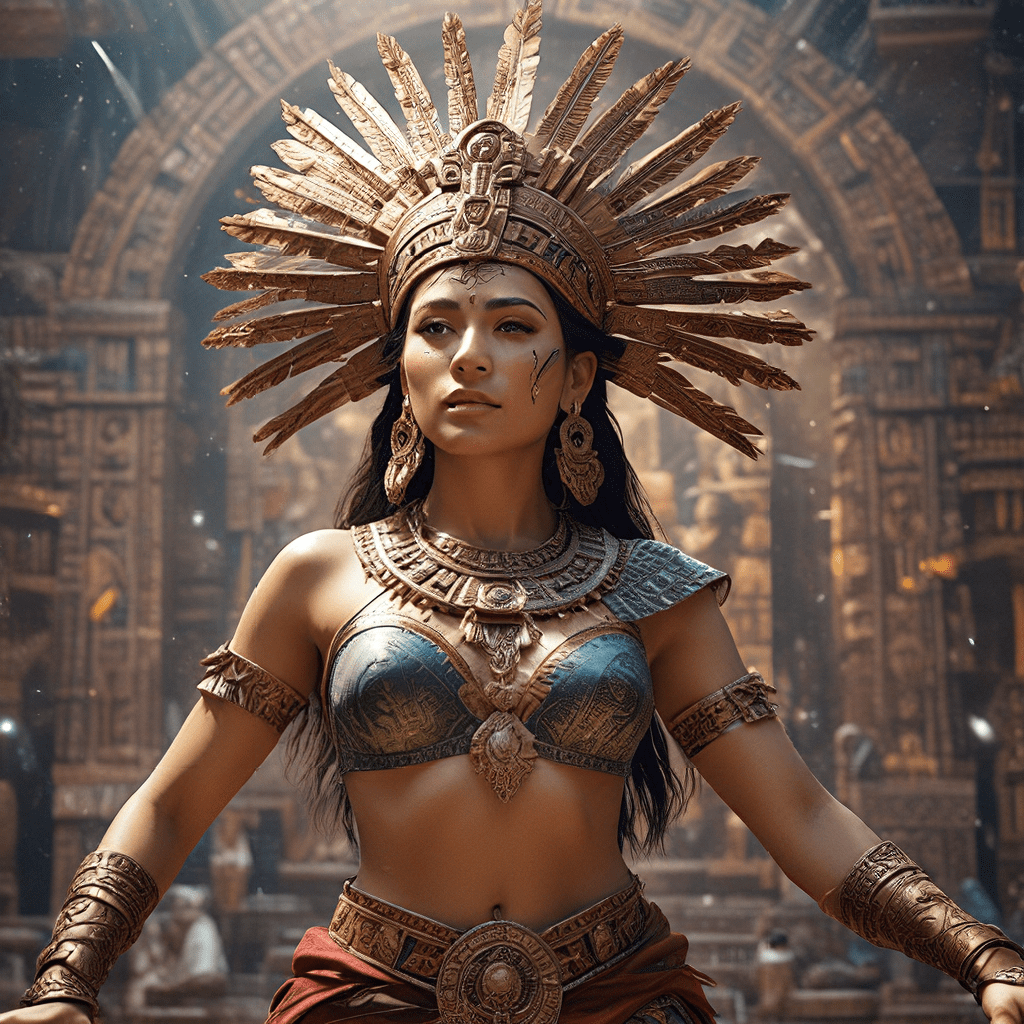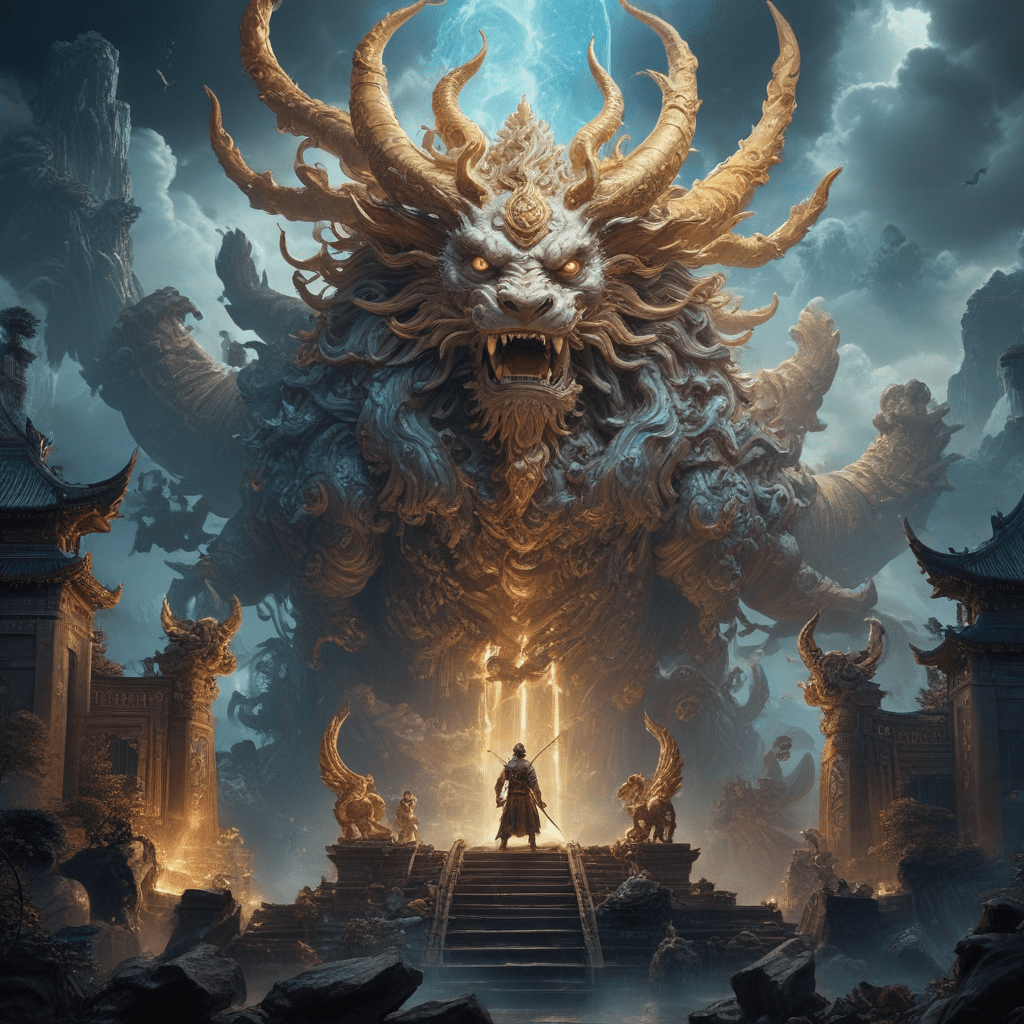The Story of Set and Horus in Egyptian Mythology
Set and Horus are two significant figures in Egyptian mythology, embodying powerful forces that clash in an epic struggle for authority and dominance within the pantheon.
Set, the God of Chaos
Set, also known as Seth, was one of the most ancient Egyptian deities associated with chaos, storms, and violence. Often portrayed with the head of an enigmatic creature resembling a mix of an aardvark, donkey, and canine, Set represented the untamed forces of nature and disorder.
However, Set was also revered for his role in protecting the sun god Ra during his nightly journey through the underworld, showcasing a complex and multifaceted character.
Horus, the God of the Sky
On the other hand, Horus was worshipped as the god of the sky, embodying kingship, protection, and divine order. Depicted with the head of a falcon or as a falcon-headed man, Horus symbolized the reigning pharaoh and the connection between the earthly and divine realms.
Often associated with war and hunting, Horus was also regarded as a guardian deity who fought against chaos and defended Ma’at, the concept of truth, balance, and order in Egyptian cosmology.
The Mythological Conflict
One of the central narratives in Egyptian mythology revolves around the conflict between Set and Horus. According to myth, Set, driven by jealousy and ambition, sought to assert his dominance by challenging Horus’s rightful claim to the throne of Egypt, which belonged to him as the son of Osiris and Isis.
The ensuing struggle between Set and Horus unfolded through a series of divine contests and battles, with each deity supported by different allies among the Egyptian pantheon.
The Triumph of Horus
Despite Set’s cunning and ferocity, Horus ultimately emerged victorious in the conflict. Through a combination of divine assistance, cunning strategies, and inner strength, Horus succeeded in vanquishing Set and reclaiming his rightful place as the ruler of Egypt.
With this victory, Horus not only secured his position as the legitimate heir to Osiris but also reaffirmed the importance of order, justice, and ma’at in the Egyptian cosmos.
FAQ about The Story of Set and Horus in Egyptian Mythology
Who are Set and Horus in Egyptian Mythology?
Set and Horus are two important deities in ancient Egyptian mythology. Set is the god of chaos, desert, storms, and violence, while Horus is the god of the sky, kingship, and protection.
What is the relationship between Set and Horus?
Set and Horus are often depicted as adversaries in Egyptian mythology. Their most famous myth involves a fierce battle for the throne of Egypt. Set, representing disorder, kills Horus’s father Osiris, leading to a prolonged conflict between the two gods.
How does the story of Set and Horus end?
The conflict between Set and Horus is eventually resolved through trials and judgments by other gods. Horus eventually emerges victorious and becomes the ruler of Egypt, symbolizing order, kingship, and fertility, while Set is associated with chaos and the desert.
What do Set and Horus symbolize in Egyptian culture?
Set and Horus symbolize the eternal struggle between chaos and order, with Horus representing stability, leadership, and protection, and Set embodying rebellion, storms, and the untamed wilderness. Their story reflects the importance of balance and harmony in Egyptian beliefs.



